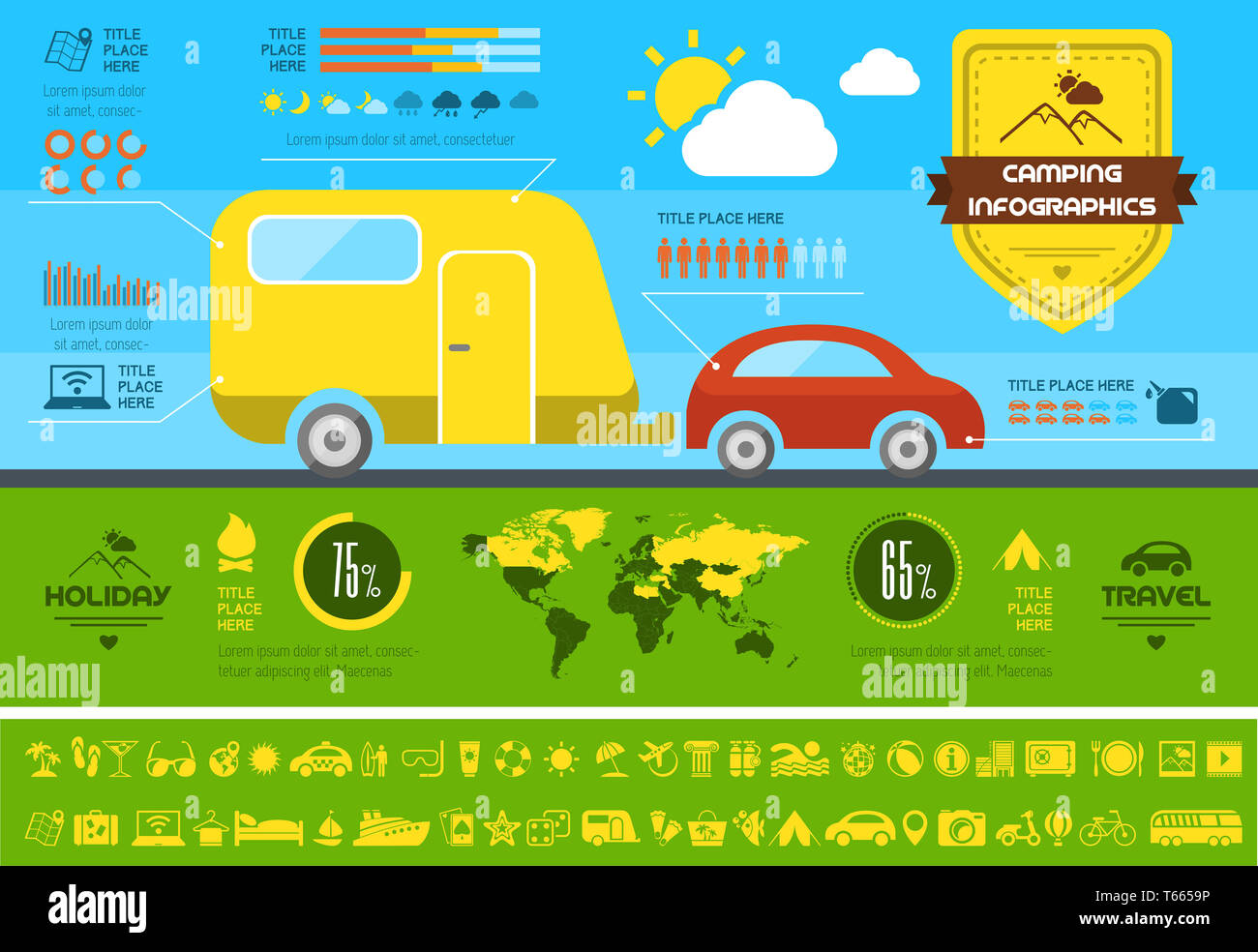As outdoor camping evolved to reflect a broader cultural shift toward mindfulness and sustainability, camping tent style followed suit. Whether it's with instinctive arrangement remedies or the application of Fitts' Regulation, modern tent design continues to innovate and expand camper's choices for outside expedition.
The wedge camping tent, additionally known as a wall outdoor tents, can be constructed by setting up the ridgepole atop upright posts and freely staking down each side. This allows for more living and walking around room than an A-frame tent.
The A-Frame
Among one of the most iconic camping tent layouts is a traditional A-frame. This structure takes its name from its roofline, which appears like the uppercase A. This shape produces a vaulted ceiling that provides an open, large sensation inside the home. The sloping walls likewise make second-level loft space rooms ideal for sleeping.
In the past, a good scout might establish a canvas A-frame camping tent in two mins or less. A contemporary A-frame cabin can offer the very same ease of installment, however with far better weather condition protection and more functional area.
A-frames are an excellent example of functional design, which emphasizes lowering the intricacy of an item so that it can be more quickly understood and utilized. Today, UI/UX developers utilize this principle to craft instinctive user interfaces that permit users to achieve their objectives with optimal performance. This method mirrors the A-frame's beginnings as an option to human demands. The simpleness of A-frames also mirrors a need for outdoor experiences that balance technical advancement with a deeper link to nature.
The Wedge
Whether you are brand-new to wall camping tents or are a seasoned camper, selecting the right frame for your canvas sanctuary can feel like a frustrating experience initially. With numerous alternatives for fabric, frames and degrees of security from the components to think about, you can conveniently get shed in a sea of jargon.
Thankfully, navigating the globe of wall surface camping tents doesn't have to be so difficult. We've established our very own system to aid you simplify your decisions. With our straightforward Wedge design, we have actually removed the requirement for complicated fabric and framework selections so you can spend more time appreciating your journey and less time bothering with your sanctuary.
The Baker
The baker camping tent is sustainable fashion a changed lean-to style outdoor tents. It is a very adaptable and valuable shelter that can be zipped limited versus the components or opened up to allow in the heat of a reflector campfire. The baker was the outdoor tents of option of several logging camps and wilderness canoe travelers in the 1800's. The baker tent additionally obtained prestige in the very early 1900's when country wide recognized outdoor author Horace Kephart used a baker camping tent at his renowned base camp on Dicks Creek in North Carolina.
Selecting the appropriate internal framework, tube dimension and construction is a vital factor in figuring out the strength of your wall outdoor tents and just how it will certainly deal with altering weather conditions. Furthermore, a substantial part of your wall surface tent's durability and capability is determined by the therapy that it has actually undergone. Bravo's welded steel interior frameworks are built utilizing superior 1 3/8 inch galvanized tubing and sturdy bonded angle sets that are supported for additional toughness.
The Whelen
In a time of raising automation and urbanization, camping was a stepping back to fundamental nature admiration. It offered an opportunity to appreciate imperfections in materials and asymmetry of the landscape, to accept the transience of everyday rhythms of increasing, moving, sleeping, and resting, and to connect with the natural world at a profoundly human degree.
Early tent layouts were crafted with an eye to economic situation of space and weight, yet we have seen a desertion of these traditional principles towards larger, gangly designs that take longer to establish, require more cautious planning of the footprint, and deal much less in terms of weather protection. By doing this, the modern-day tent mirrors a societal change away from technological development and in the direction of mindfulness, sustainability, and recognition for an extra environment. Similar to outdoors tents, UI/UX design is likewise centered on meeting human needs. Fitts' Regulation, for instance, instructs us to prioritize the dimension and proximity of interactive components in order to assist in quicker and much more efficient customer interactions.
